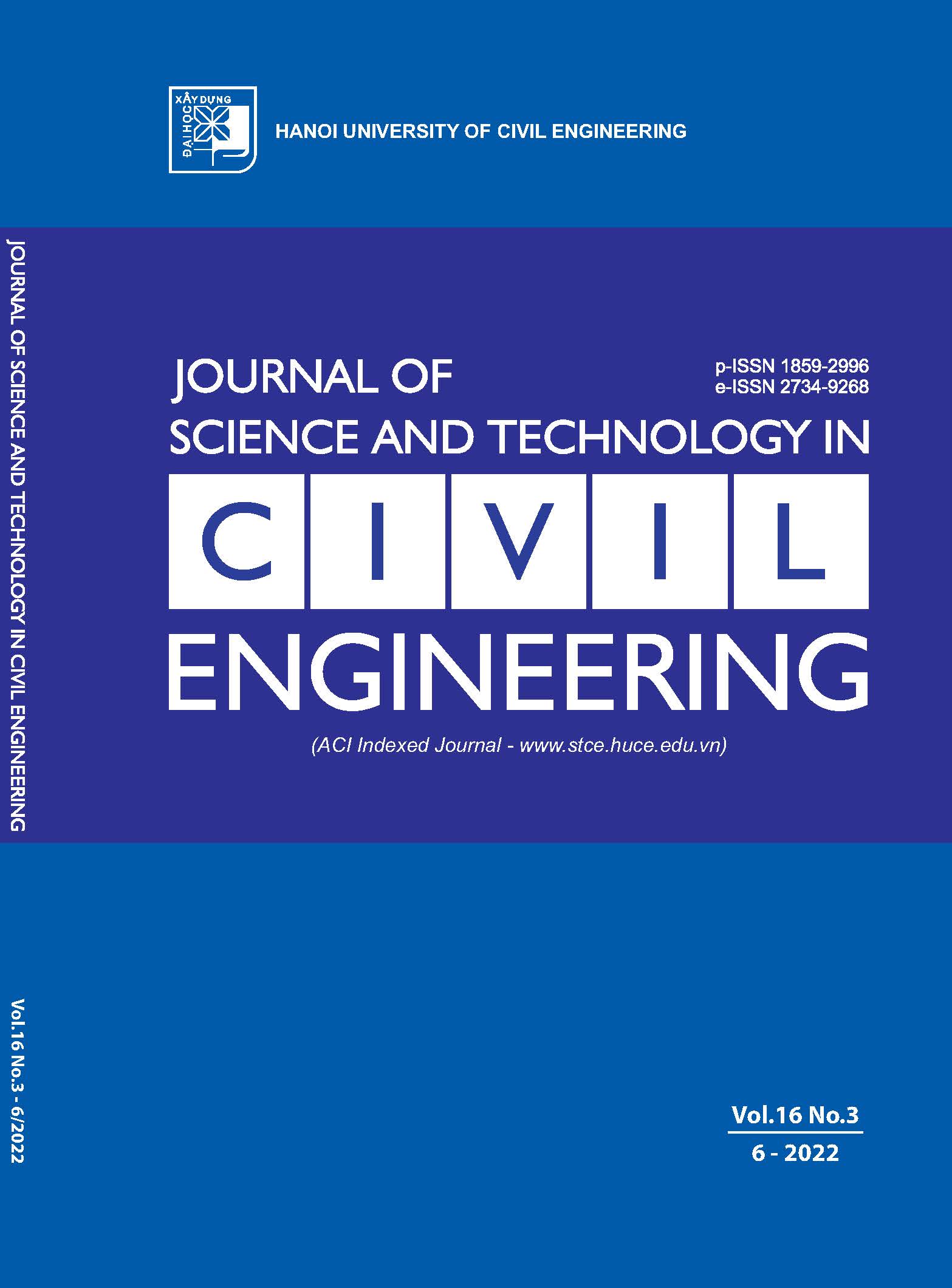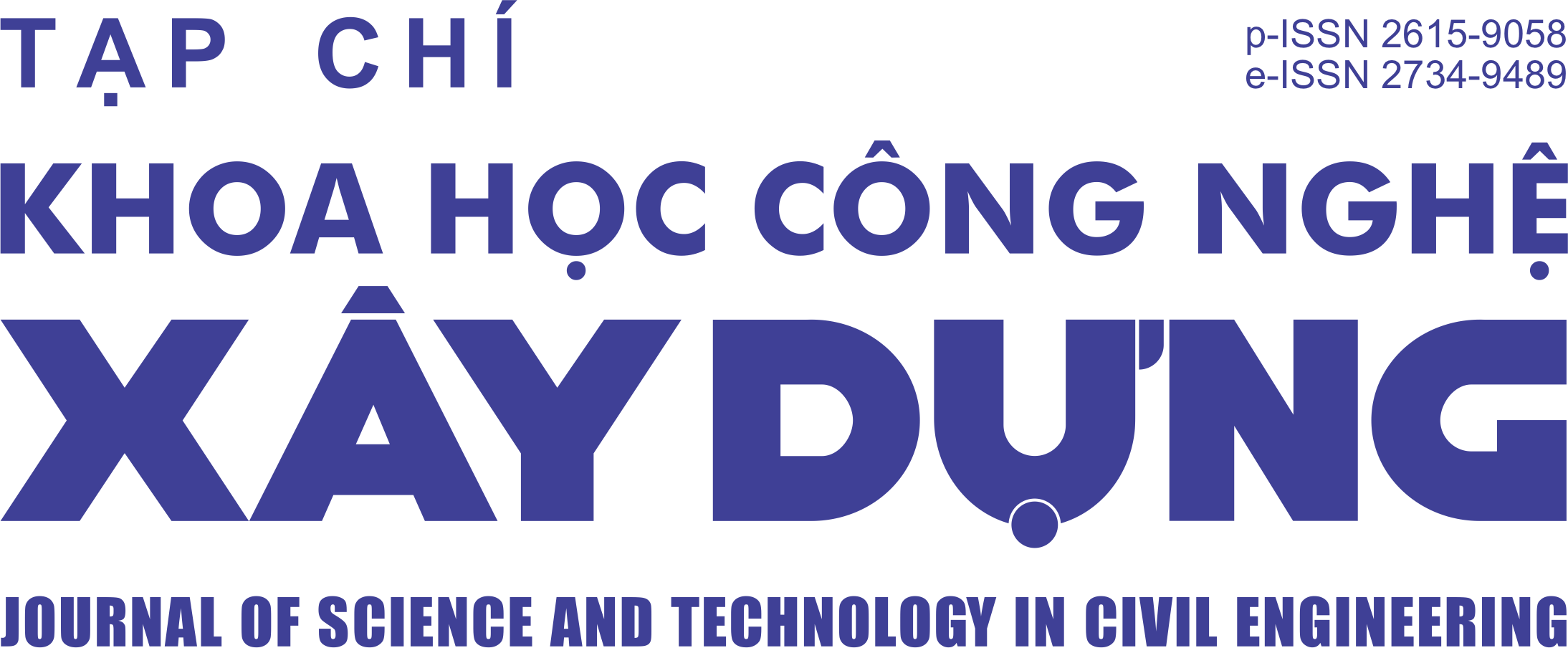Predicting tensile properties of strain-hardening concretes containing hybrid fibers from single fiber pullout resistance
Abstract
Tensile properties of strain-hardening fiber-reinforced concrete are the key engineering parameters in determining bending resistance of the material. In this paper, an analytical model to predict tensile properties of ultra-high-performance fiber-reinforced concrete (UHPFRC), a type of strain-hardening fiber-reinforced concretes, was performed based on single fiber pullout test. The studied UHPFRCs contained hybrid fiber system, including macro steel fiber combined with micro steel fiber. Three types of macro steel fibers were used, including long smooth fiber (LS), hooked A fiber (HA), and hooked B fiber (HB); they had different lengths and geometries but same volume content (1.0 %). The only short smooth fiber (SS), one type of micro steel fiber,
was employed with various volume content (0.5 %, 1.0 %, 1.5 %). The experimental data from the fiber pullout tests in the available references were used to predict the first crack/post crack strength and cracking parameters of UHPFRCs with hybrid fibers. The predictive equations for strengths and crack resistance of UHPFRC containing hybrid fibers were proposed with modified coefficients.
Downloads
Copyright (c) 2022 Hanoi University of Civil Engineering

This work is licensed under a Creative Commons Attribution-NonCommercial-NoDerivatives 4.0 International License.
1. The Author assigns all copyright in and to the article (the Work) to the Journal of Science and Technology in Civil Engineering (JSTCE) – Hanoi University of Civil Engineering (HUCE), including the right to publish, republish, transmit, sell and distribute the Work in whole or in part in electronic and print editions of the Journal, in all media of expression now known or later developed.
2. By this assignment of copyright to the JSTCE, reproduction, posting, transmission, distribution or other use of the Work in whole or in part in any medium by the Author requires a full citation to the Journal, suitable in form and content as follows: title of article, authors’ names, journal title, volume, issue, year, copyright owner as specified in the Journal, DOI number. Links to the final article published on the website of the Journal are encouraged.
3. The Author and the company/employer agree that any and all copies of the final published version of the Work or any part thereof distributed or posted by them in print or electronic format as permitted herein will include the notice of copyright as stipulated in the Journal and a full citation to the Journal as published on the website.







